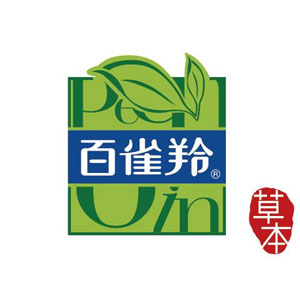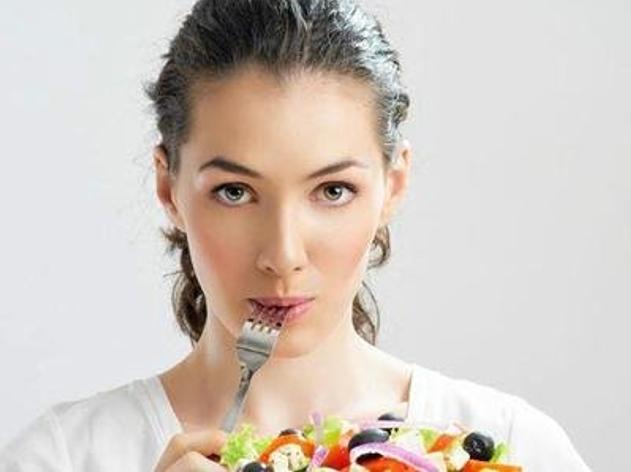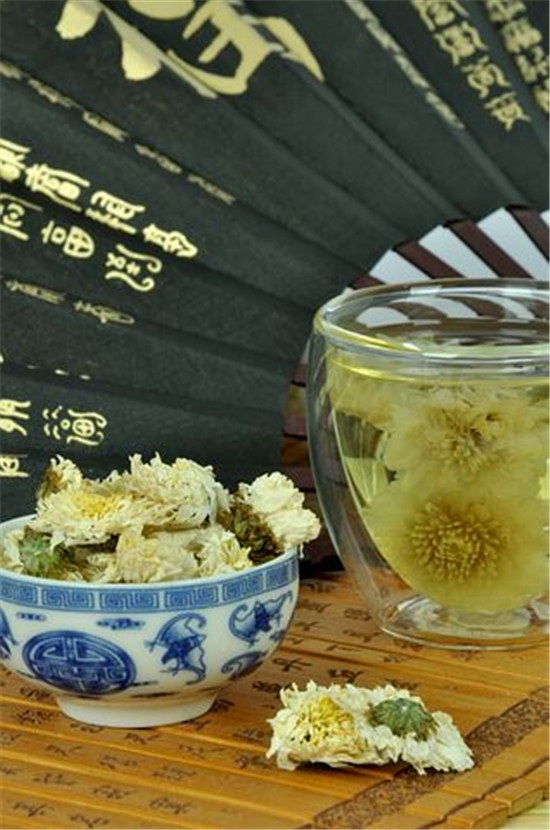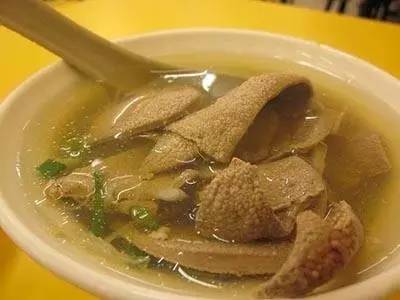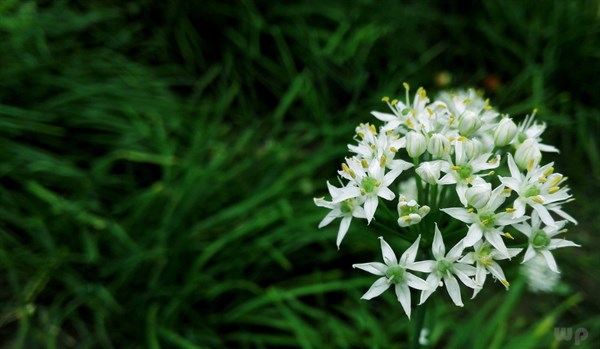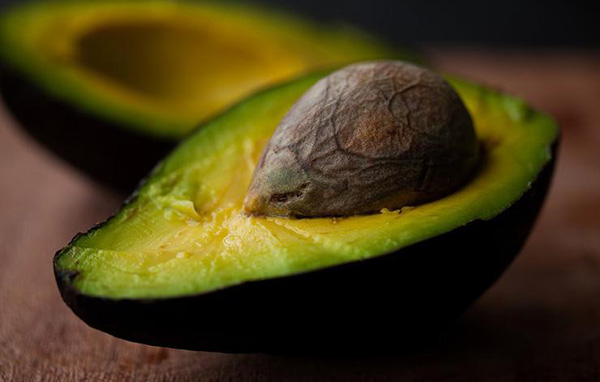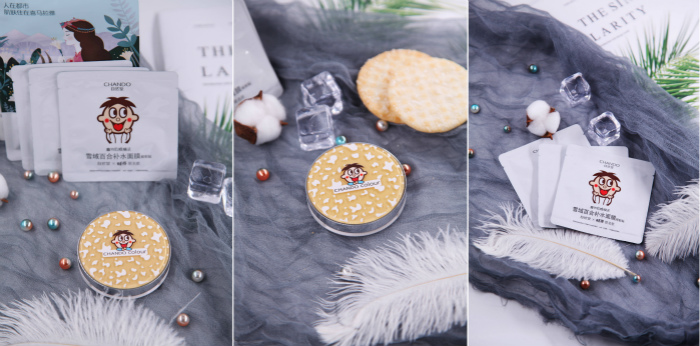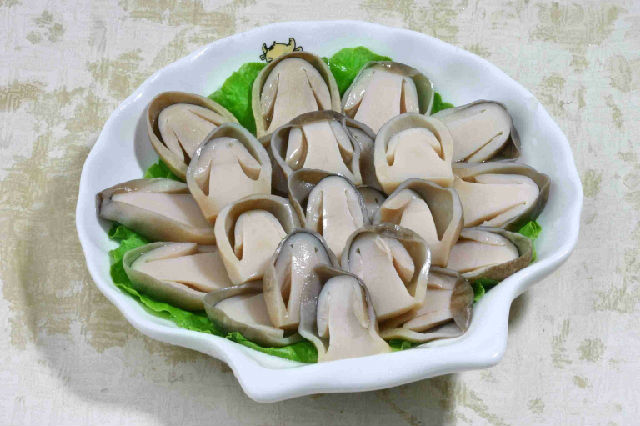视频加载中...
Hi, Im Rich. Welcome to Oxford Online English!
嗨,我是瑞奇。 欢迎使用牛津大学在线英语课程!
In this visual vocabulary lesson, you can learn words and phrases to talk about food and cooking.
在本节视觉词汇课程中,你可以学习来谈论食物和烹饪的单词和短语。
A question for you: do you want to watch this video with subtitles?
想问你一个问题:你想观看带字幕的视频吗?
You can — its easy!
可以的——很简单!
Turn them on now by clicking the CC icon in the bottom right.
单击右下角的“CC”图标将其打开。
Or, on mobile, tap the settings icon to turn on subtitles.
或者如果是在移动设备上的话,点击设置图标以打开字幕。
Peel the courgettes.
给西葫芦剥皮。
Peel means to take the skin off some fruit or vegetables.
“剥皮”是指去除某些水果或蔬菜的表皮。
Some foods are easy to peel, like bananas.
有些食物很容易剥皮,比如说香蕉。
With other ingredients, you might need to use a knife or a peeler.
如果是其他食材的话,你可能需要使用刀或削皮器。
Cut the tomatoes into quarters.
将西红柿切成小块。
When talking about preparing food, the combination cut…into… is common.
在谈论准备食物时,“切成……”的这个组合很常见。
For example, you might hear: Cut the chicken into six pieces, or Cut the aubergine into small cubes. Theres one common exception to this pattern; you cut something in half, not into.
例如,你可能会听到:“将鸡肉切成六块”,或“将茄子切成小方块”。这个表达有一个很常见的特例; 你把某个东西切成了两半,而不是 in to 两半。
For example: Cut the lemon in half, not into half.
例如:“将柠檬切成两半”,而不是“切成两半”。
Cut the radish into thin slices.
将萝卜切成薄片。
Slice the radish thinly.
将萝卜切成薄片。
Many words connected with cooking can be both verbs and nouns.
与烹饪相关的许多单词既可以是动词,也可以是名词。
Slice is a common example.
“切片”是一个常见的例子。
You can cut something into slices, or just use slice as a verb: Slice the cucumber, slice the carrots, and so on.
你可以将某些东西切成薄片,也可以将 slice 用作动词:“给黄瓜切片”,“给胡萝卜切片”,等等。
Halve and deseed the peppers.
将胡椒切成两半,去籽。
Halve is the verb from half.
“Halve”是“half”的动词。
Its an efficient way to say cut something into two pieces.
这是说“将某个东西切成两半”的一种很有效的方法。
You can also use quarter as a verb.
你也可以将“quarter”用作动词。
For example: Quarter the tomato and Cut the tomato into four pieces have the same meaning.
例如:“将番茄切成四块”和“将番茄切成四块”的含义相同。
Deseed means you remove the seeds.
Deseed的意思是除去种子。
With peppers, you also need to remove the pith — the white flesh on the inside.
使用胡椒粉时,你还需要除去髓——也就是里面的白肉。
Chop the onion as finely as possible.
将洋葱切得尽量碎一些。
Usually, chop means to cut something into medium-sized pieces, perhaps not in a precise way.
通常,“chop”是指将某物切成中等大小的碎块,也许不是以很精细的方式。
However, if you chop something finely, you cut it into the smallest pieces possible.
但是,如果非常仔细地切碎的话,就是将其切成最小的碎片。
Dice the red pepper. Dice means to cut into small pieces.
将红辣椒切成丁。 “切丁”是指切成小块。
More specifically, dice means that you cut something in two directions.
更具体地说,“切丁”的意思是你在两个方向上切这个东西。
If you dice a pepper, you first cut it into strips, and then cut the strips into small pieces.
如果你将辣椒切成丁,那就是先将其切成条,然后将其切成小块。
Mix the ingredients together.
将原料混合在一起。
Stir the ingredients to mix them.
搅拌原料以使其混合。
Here, mix and stir have the same meaning.
这里的“mix”和“stir”具有相同的含义。
In general, stir is more specific, because it means to use some kind of implement — like a spoon — to mix whatever youre mixing.
通常,“stir”更为具体,因为它的意思是要使用某种工具——例如汤匙——来搅拌你要搅拌的东西。
You can mix something with your hands, or by putting it in a container and shaking it, or in other ways.
您可以用手混合某些东西,或将其放入容器中并摇晃一下,或以其他方式进行混合。
Stir fry the veggies on a high heat.
高温炒蔬菜。
Turn the heat up to high and fry the vegetables, stirring continuously.
让温度升高炒蔬菜,一直翻炒搅拌。
Often, you can say the same thing in fewer words by using a more specific verb.
通常,通过使用更具体的动词,你可以用更少的词来描述同一件事。
Both these sentences are fine and both have the same meaning, but in the first sentence you save words by using a more specific verb: stir fry.
这两个句子都很好,并且含义相同,但是在第一个句子中,你通过使用更具体的动词“stir fry”来省了几个词。
Bring the water to the boil and then add the dumplings.
将水烧开,然后把饺子放进去。
In cookbooks and recipes, youll often see the phrase bring the water to the boil.
在食谱中,你经常会看到“把水烧开”的说法。
This means that you boil the water, and when it starts boiling, youll add something or do something else.
意思就是说你要把水烧开,当水开始沸腾时,你再往里面加东西或者是进行其他的操作。
Turn the heat down to low and simmer the soup for twenty minutes.
将火调低,然后将汤煨二十分钟。
If you need to simmer something, you turn the heat down until it is just boiling.
如果你需要煨炖些东西的话,可以将火调小直到沸腾。
There are a few bubbles, but it isnt boiling vigorously.
会有一些气泡,但是不会剧烈沸腾。
Fry the meatballs until browned on both sides.
炸肉丸,直到两面都变成棕色。
Deep fry the potatoes and leave to dry.
炸土豆,然后让其晾干。
If you use the verb fry in English, it generally means shallow-frying: when you fry something in a little bit of oil or butter.
如果你在英语中使用动词“fry”,则通常表示浅炸:当你用一点油或黄油来浅炸东西时。
Use the verb deep fry if you want to talk about cooking something in boiling oil, like fried potatoes.
如果你想说用沸腾的油来烹饪东西的话,例如炸土豆,请使用动词“deep fry”。
Brown is another useful verb.
“Brown”是另一个很有用的动词。
When cooking meat, you often fry the meat first to brown it — you cook it until it is brown on the outside, but probably not cooked in the middle.
烹饪肉时,通常先将肉炸成褐色——将其煮至外面变成褐色,但中间可能还没有煮熟。
Pre-heat the oven to 180, then roast the chicken for around one hour.
将烤箱预热至180度,然后将鸡肉烤约一小时。
Heres a question for you: roast and bake both mean to cook something in the oven, but whats the difference?
这是给大家的一个问题:“roast”和“bake”意思都是要在烤箱里煮东西,但是有什么区别呢?
There are different answers to this.
答案是不一样的。
Technically, roast means to cook something uncovered, until it turns brown.
从技术上讲,“roast”是指烹饪无遮盖物的东西,直到其变成褐色。
However, in everyday language, roast is generally used for meat and vegetables, and bake is generally used for bread, cakes, and fish.
但是,在日常语言中,“roast”通常用于 描述肉类和蔬菜,而“bake”通常用于面包,蛋糕和鱼。
We grilled the shrimp kebabs over a charcoal fire.
我们用木炭烤了虾串。
We cooked the shrimp kebabs on the grill.
我们在烤架上煮了虾串。
With cooking, you can often use different verbs or verb phrases to say the same thing.
烹饪时,你经常可以使用不同的动词或动词短语来表达相同的意思。
For example, you can grill food, or cook food on the grill.
例如,你可以烤食物,或在烤架上烤食物。
You can roast food, or cook food in the oven.
你可以烤食物,或在烤箱里煮食物。
It doesnt matter which you use.
使用哪个都是可以的。
The verb grill is often used when you cook something on a barbecue, but your cooker in your kitchen might have a grill, and you can also buy electric grills to use in your kitchen.
动词“grill”通常在烧烤架上烹饪时使用,但你厨房里的炊具可能有一个烤架,你也可以购买在厨房使用的电烤架。
Blend the soup until fairly smooth.
混合汤至平滑状态。
I used a hand blender to puree the sauce.
我用手动搅拌器把酱汁搅成了泥。
You can blend something with a hand blender, like you saw here, or with a regular blender.
您可以使用手动搅拌器,如你在这里看到的,或常规搅拌器进行搅拌。
If you blend something for a longer time, it will come out smooth.
如果长时间混合的话,它会变得光滑。
The opposite of smooth here is chunky — meaning you blend it for a short time, and there are still some solid pieces.
平滑的反义词是“块状的”,这意味着你将其混合了很短的时间,仍然有一些比较硬的碎块。
Add a dollop of sour cream to the soup and mix it in.
在汤里加少许酸奶油并将其混合。
Add a spoonful of sour cream to the soup.
在汤里加少量酸奶油。
A dollop means a small amount.
“少许”的意思是少量。
Its not specific, but it generally is used to mean around one spoonful.
它不是很具体,但通常用来表示大约一匙的量。
You can use dollop for things which are between solid and liquid, like yoghurt, thick cream, sour cream, or other thick sauces.
你可以用“少许”来描述那些介于固体和液体之间的东西,例如酸奶,浓奶油,酸奶油或其他浓酱汁。
Sprinkle with grated parmesan cheese before serving.
在食用前撒上磨碎的帕尔马芝士。
You can might sprinkle something on your food before you serve it, like cheese.
你可以在食用之前在食物上撒些东西,例如奶酪。
Another example: you might sprinkle pepper, paprika or oregano on top of a dish once its ready.
另一个例子是:准备好后,你可以在盘子上撒上胡椒粉,辣椒粉或牛至。
They served the steak with green beans and corn on the side.
他们为牛排配上青豆和玉米。
You can use on the side for vegetables or other things which accompany the main dish.
你可以使用“作为配菜”来描述搭配主菜的蔬菜或其他的东西。
Garnish with a mint leaf and serve.
用薄荷叶装饰并呈上。
A garnish is something you add mainly for decoration, to make the food look good; more attractive.
装饰物是你添加的主要用于装饰的东西,让食物看起来更好; 更有吸引力。
Some garnishes are chosen for their flavour, but you might garnish a dish with something that isnt intended to be eaten.
有些装饰物是因为它们的风味被选择的,但是你可以在菜肴中装饰一些不是用来食用的东西。
You can also garnish a drink; cocktails often have a garnish.
你也可以装饰饮料;鸡尾酒经常会有装饰。
Pour the chocolate icing generously over the top.
洒很多巧克力糖霜在上面。
The verb pour is mostly used with liquids.
动词“倒”通常与液体一起搭配使用。
You can also use the verb drizzle to mean that you pour a small amount of something.
你也可以使用动词“drizzle”来表示你倒了一点点东西。
For example: Drizzle some olive oil over the salad. Generous is more often used to describe people, but you can also use it to talk about food.
例如:“在沙拉上撒些橄榄油。”“慷慨的”通常用来形容人,但你也可以用它来谈论食物。
For example, you can have a generous portion or a generous serving.
例如说,你可以提供大分量的食物。
Here, generous has the meaning of large, but in a positive way — not too large.
在这里,“generous”的含义是大, 但是是一种很正面的含义——并不是太大。
What about you?
那你呢?
Tell us about the last thing you cooked; how did you do it?
告诉我们你烹饪的最后一个食物; 你是怎么做的?
Can you use some of the language you learned in this lesson?
你可以使用在本课程中学到的一些语言吗?
Write your answer in the comments and share it with us and other learners!
在评论中写下你的答案,并与我们和其他学习者一起分享!
If you liked this lesson, dont forget to check out the other lessons in our Visual Vocabulary series.
如果你喜欢本节课程的话,请不要忘记查看我们的“视觉词汇”系列中的其他课程。
Thanks for watching!
谢谢观看!
版权声明:CosMeDna所有作品(图文、音视频)均由用户自行上传分享,仅供网友学习交流。若您的权利被侵害,请联系删除!
本文链接://www.cosmedna.com/article/456258839.html




